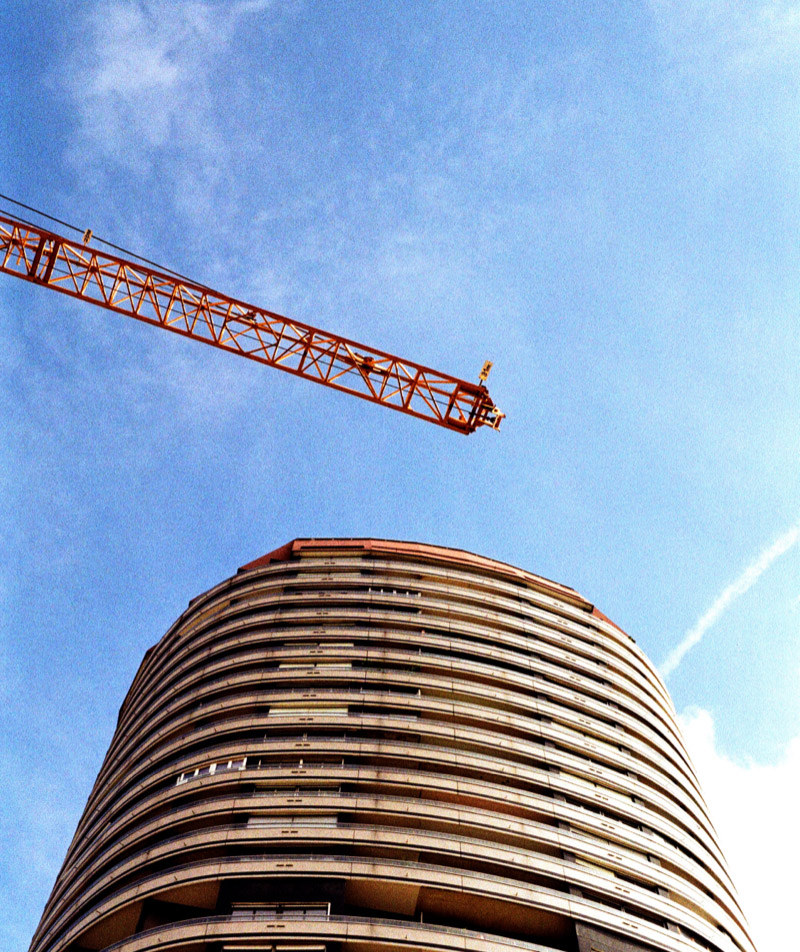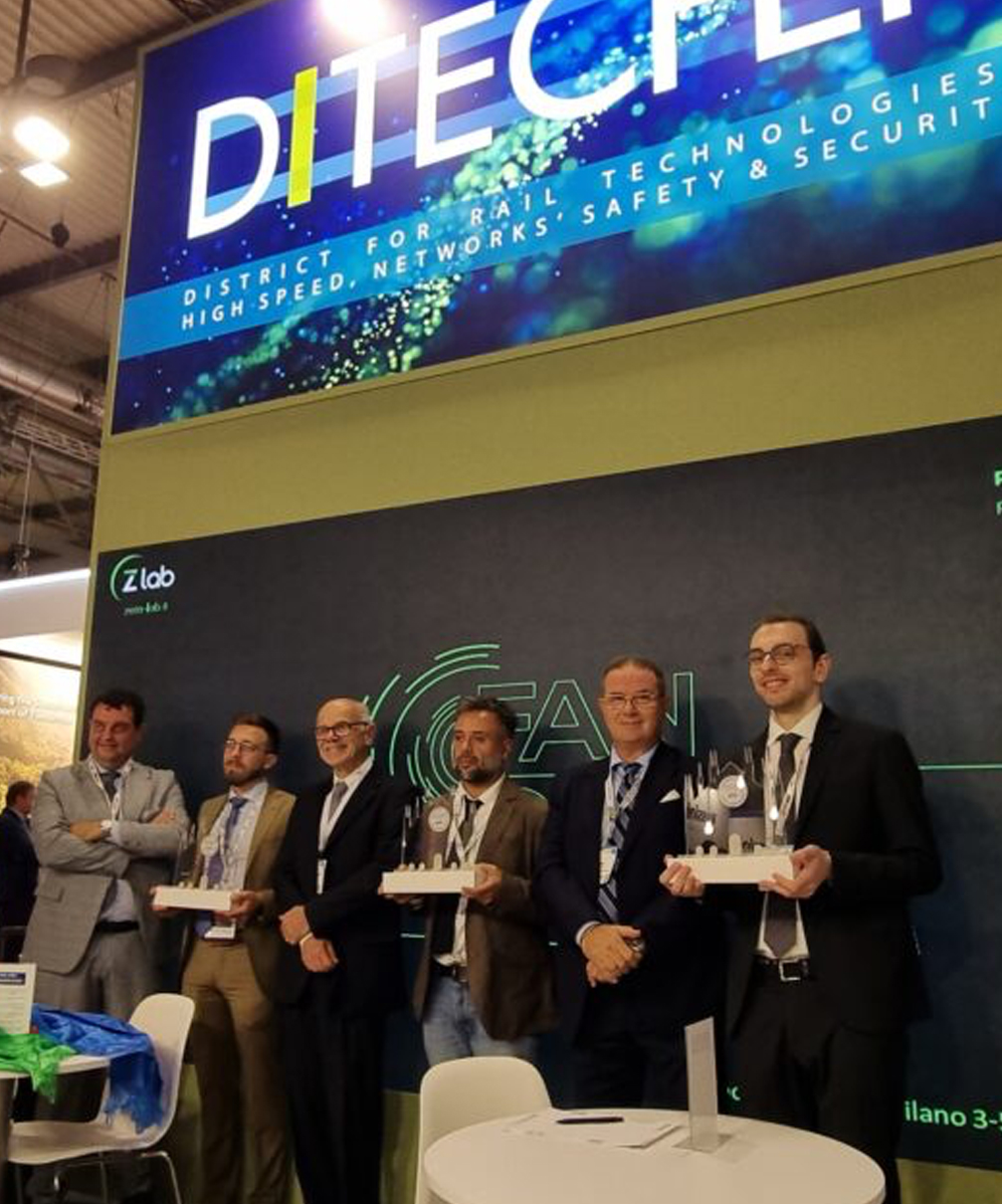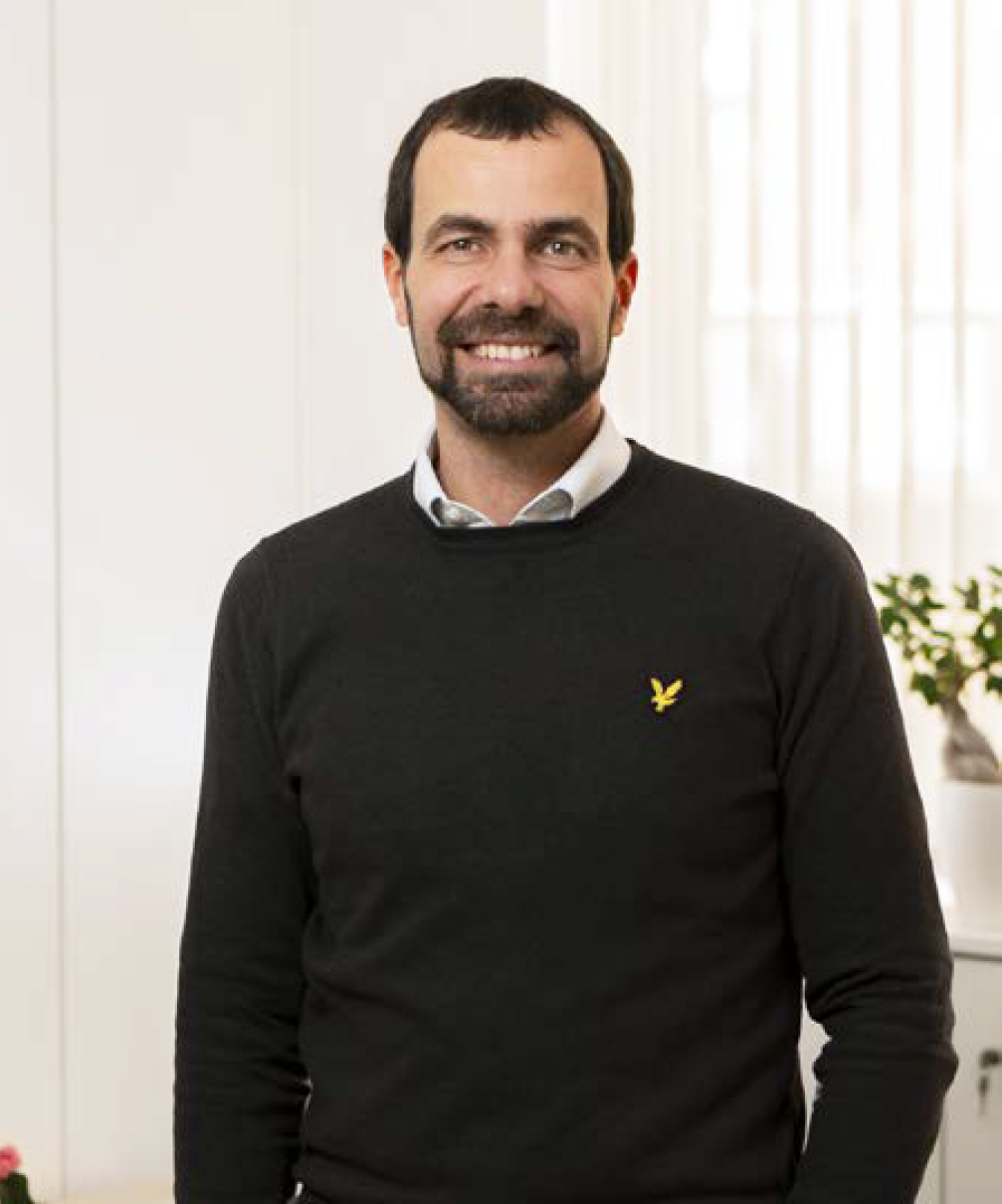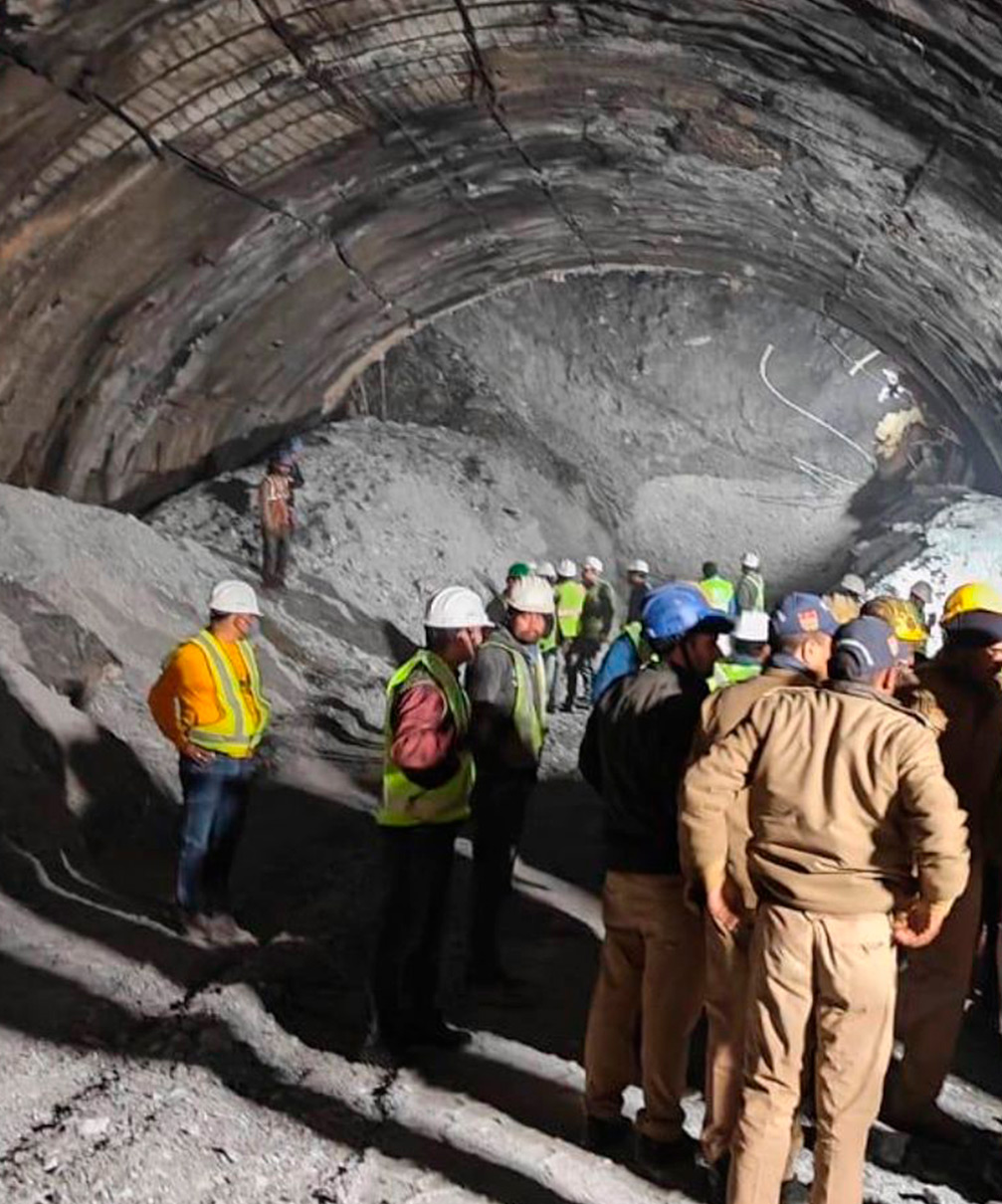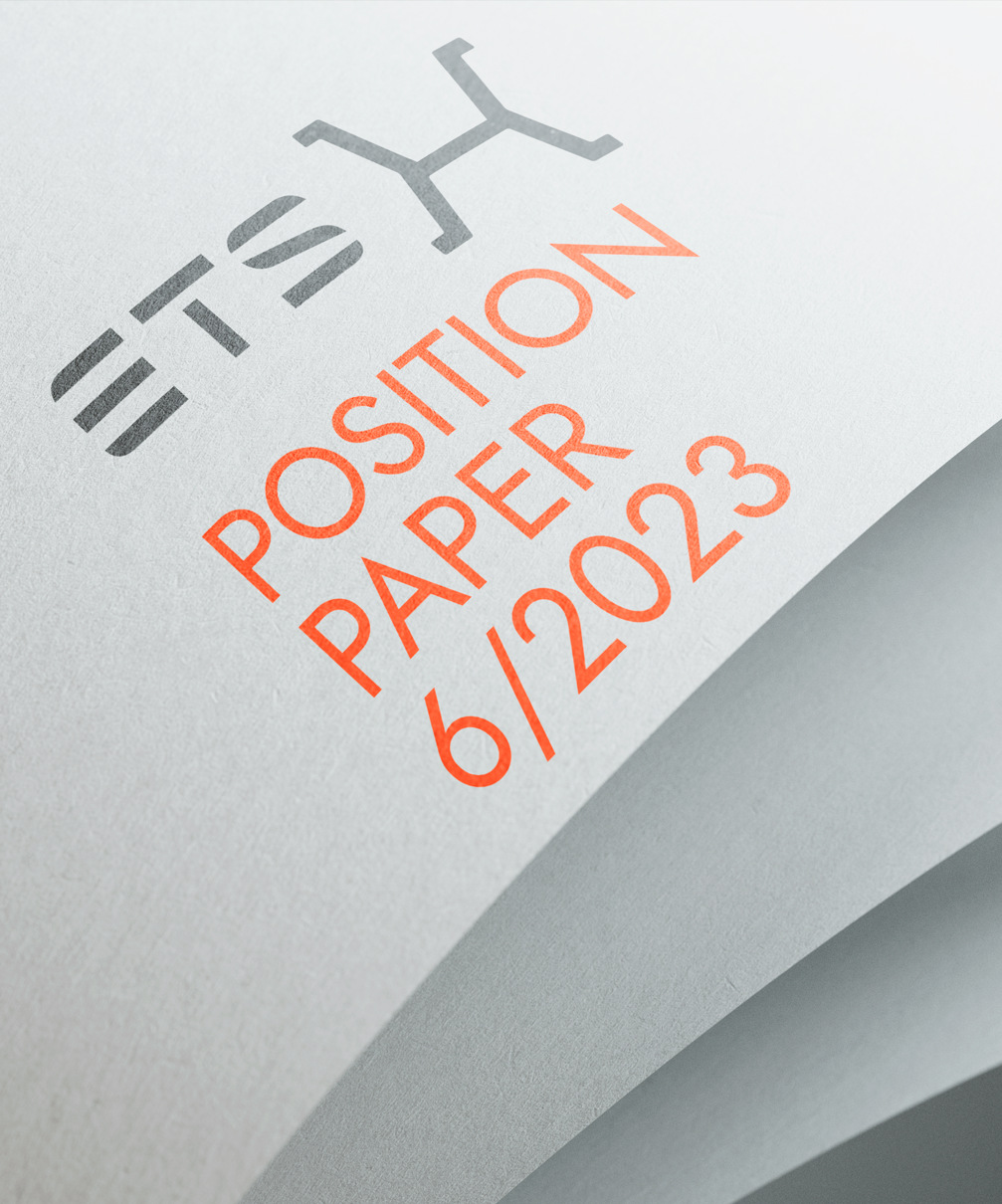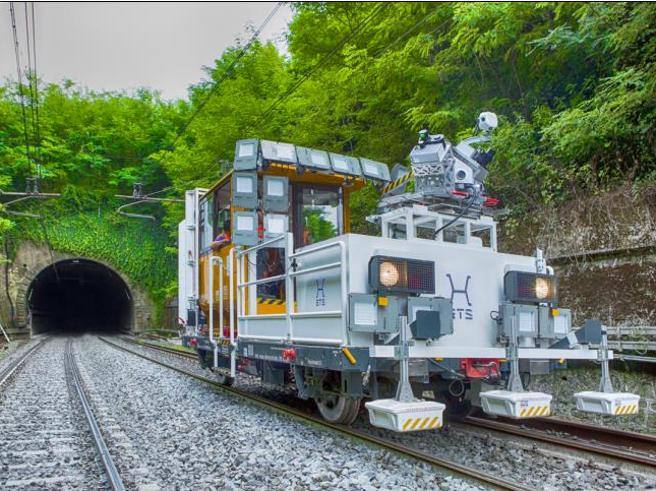Rovereto, Latina and Cairo Montenotte are the capitals of the "made in Italy" innovations that were winners of the ninth edition of the "DITECFER Railway Innovation Contest", the competition announced annually by DITECFER to discover and valorise railway innovations created on the national territory.
The Award Ceremony and presentation of the innovations took place at EXPO Ferroviaria at the DITECFER stand. The prizes were awarded to the winners by Prof. Alessandro Fantechi, President of the School of Engineering of the University of Florence; the Eng. Luigi Rucher, International Innovation Director of Thales GTS – Ground Transportation Systems GBU; the Eng. Carmine Zappacosta, CEO of Italcertifer.
Prototypo of Rovereto has developed "Fun Cool", the multi-functional and acoustic panel for railway interiors patented in Italy and at European level, the purpose of which is to enclose in a single compact panel all the functions necessary to provide comfort in a working environment. travel or even in work/life premises. Correct lighting, sound absorption, air conditioning (hot/cold) and air quality (exchange) are the fundamental requirements for working or living healthy and comfortably. Normally to achieve these conditions many different equipment or devices are needed, while “Fun Cool” can provide everything in a single integrated, fire-resistant, light, economical, high-performance device, with design and quality finishes, and with simple installation and modular. It can be used as a floor, ceiling or wall, and does not increase the payload of the carriage. The Fun Cool prototype can be tested at the DITECFER stand (D70) through the presence of a Phone Booth made with it.
ETS of Latina has developed "Hydrogeological Mapping and EWS", a hydrogeological mapping (HM) and Early Warning System (H-EWS) system which integrates the assessment of landslide hazards on railway infrastructures based on a multi-level model and multi-criteria on the territory with a monitoring system of triggering factors (mainly rainfall) and real-time alerts.
The HM system uses on-site inspection via the ARCHITA system, which allows you to obtain digitized and ready-to-use information on infrastructures (photos, thermographic analysis, geometry, geolocation, status). Then the hydrogeological mapping system integrates information modeling and geological/engineering assessments with a specific algorithm, allowing priorities to be defined along the infrastructure based on a rapid and quantitative approach. The HEWS and HM system is accessible through an online platform where the warning characteristics at different levels of analysis for each spatial unit along the entire line are visible in the form of maps.
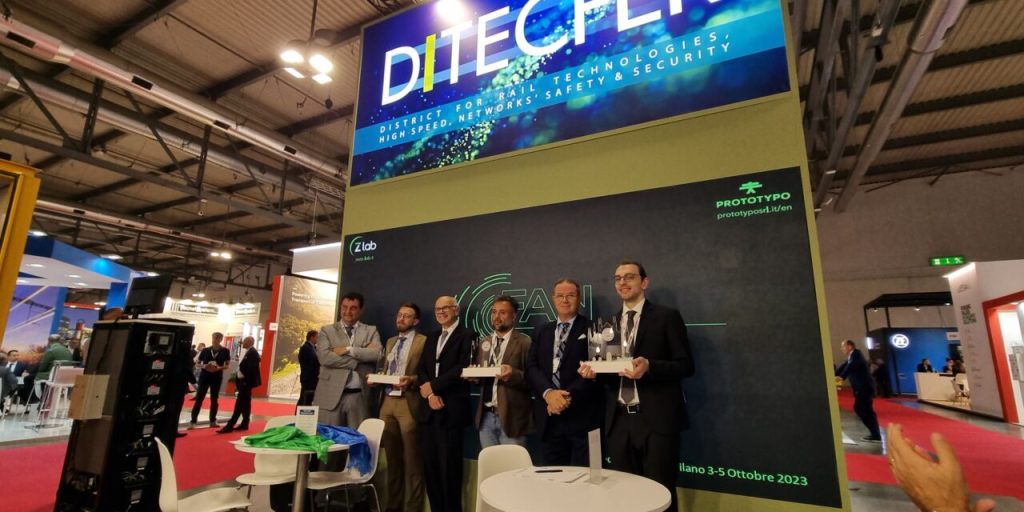
SITAV of Cairo Montenotte has developed “F.EN.HY.C.E. (Fuel-cell ENergy, HYdrogen, Converted Engine)”, the purpose of which is the reconversion and modernization of shunting locomotives currently in operation and destined for imminent scrapping due to the now obsolete electronic components and diesel engines. Just like the phoenix, F.EN.HY.C.E. aims to revive the locomotive, preserving the mechanical component of the chassis, which is still in excellent condition, enhancing the circular economy and decarbonisation.
F.EN.HY.C.E. develops a modular and scalable solution for the renovation of shunting locomotives, with removal of the diesel power unit and simultaneous replacement with a hydrogen fuel cell. 4-axle (type D145…) and 3-axle (type D245, D255, …) shunting locomotives were taken into consideration. SITAV's choice was therefore to go for a hybrid solution that involves the use of fuel cells to cover the energy needs required by the mission profile, and the use of small batteries to manage traction and braking transients, a situation in which the batteries do not have a decay comparable to the battery-only solution.
The project can also be extended to the construction of new vehicles.
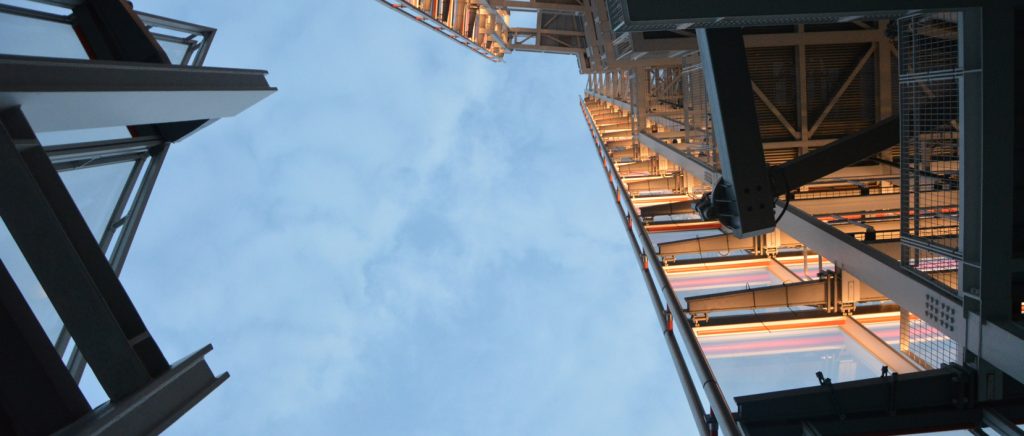
Locating the bores so they didn’t interfere with the building footprint was another challenge. The team successfully located 27 of the bores outside the footprint, with the remaining four bores falling underneath the building. Locating most of the bores outside of the building footprint kept the project on schedule, and limiting the number of bores beneath the foundation mat slab meant less impact to the deep foundation excavation activities.
The nearest neighboring building was just 15 feet away from the bore drilling. To mitigate disruption to abutting neighbors, our team distributed a two-week look ahead schedule and logistics plan every week to the neighboring buildings. Suffolk also posted regular updates on the project website to keep neighbors informed about upcoming drilling activities and held multiple Town Hall meetings with students and faculty who live and work near the site. These Town Hall meetings gave abutters the opportunity to become familiar with the project, meet the team and ask questions.
In design, sustainability, and programming, the BU Center for Computing & Data Sciences marks the future of construction in higher education. The building is scheduled for completion by the end of 2022.
Locating the bores so they didn’t interfere with the building footprint was another challenge. The team successfully located 27 of the bores outside the footprint, with the remaining four bores falling underneath the building. Locating most of the bores outside of the building footprint kept the project on schedule, and limiting the number of bores beneath the foundation mat slab meant less impact to the deep foundation excavation activities.

